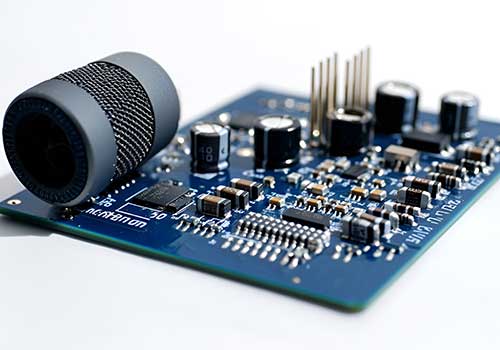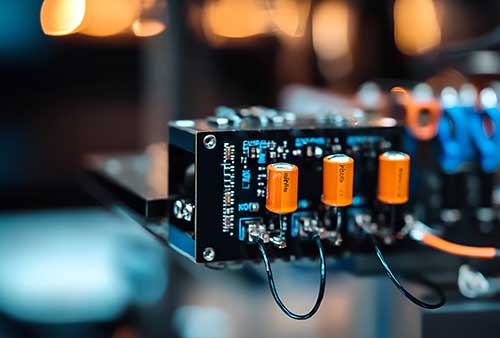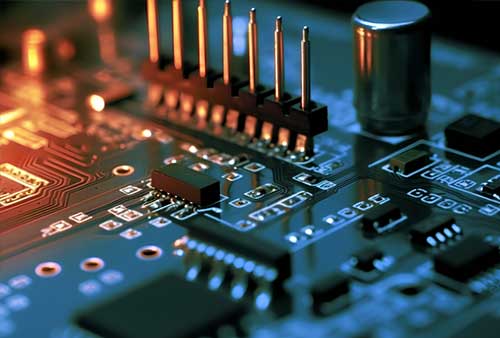Integrated Circuit Technology and Applications
Definition
An integrated circuit is a tiny chip made from semiconductor material. This chip holds many electronic parts that work together to perform specific tasks. Engineers use integrated circuits in almost every modern electronic device. These circuits can handle both simple and complex operations. The design of each integrated circuit depends on its purpose. Some ICs process information, while others control power or store data. The technology behind integrated circuits allows for the creation of small, powerful, and reliable devices. The functions of integrated circuits have changed the way people use technology every day.
Components
Every integrated circuit contains several key components that help it perform its job. The main material used is a semiconductor, usually silicon. Inside the chip, engineers place tiny versions of electronic parts. Each part has a special role in the circuit. The table below shows the key components inside an integrated circuit and their main functions:
|
Component |
Function(s) |
|---|---|
|
Transistors |
Amplification, switching, digital computation |
|
Resistors |
Control current flow, voltage division |
|
Capacitors |
Filtering, signal conditioning, energy storage |
|
Diodes |
Allow current flow in one direction, rectification |
|
Analog ICs |
Process continuous signals; amplification, filtering, signal conditioning |
|
Digital ICs |
Perform logic operations, data processing, control functions |
|
Mixed-signal ICs |
Integrate analog and digital functions; data conversion, communications, sensor interfaces |
|
Microcontrollers |
Integrate CPU, memory, I/O ports; control embedded systems |
|
Memory ICs |
Store and retrieve data (RAM, ROM, EEPROM, flash) |
|
RF ICs |
Radio frequency applications; transceivers, amplifiers, frequency synthesizers |
|
Power Management ICs |
Regulate and control power supply and distribution |
|
Sensor ICs |
Interface with sensors; signal conditioning, amplification, analog-to-digital conversion |
These components work together to create circuits that can process signals, store information, and manage power. The design of each IC depends on the functions it needs to perform. Engineers use advanced technology to fit millions, or even billions, of these parts onto a single chip.
How They Work
Integrated circuits use their components to process electrical signals and perform many tasks. The design of each IC allows it to handle different types of signals and operations. Here are some ways integrated circuits work:
-
Integrated circuits combine transistors, resistors, and capacitors on a single chip. This setup allows them to complete complex tasks quickly.
-
Some ICs process analog signals, which are continuous, while others handle digital signals, which use binary code. Mixed-signal ICs can work with both types.
-
Operational amplifiers inside ICs boost weak signals. This function is important in audio devices and communication systems.
-
Many circuits filter, modulate, or demodulate signals. These actions help devices like smartphones and radios send and receive information.
-
Power management ICs keep the voltage steady and protect other parts from damage. They also help save energy and extend battery life.
-
Memory ICs store large amounts of data in a small space. Microprocessors use logic circuits to perform calculations and run programs.
-
Communication interfaces in ICs let devices share data using wires or wireless signals. This feature makes it easy for devices to connect and work together.
-
New materials and 3D design methods improve the performance and reliability of integrated circuits.
Note: The design of integrated circuits continues to evolve. Engineers use new technology and materials to make ICs faster, smaller, and more efficient. This progress helps create better devices for everyday life.


